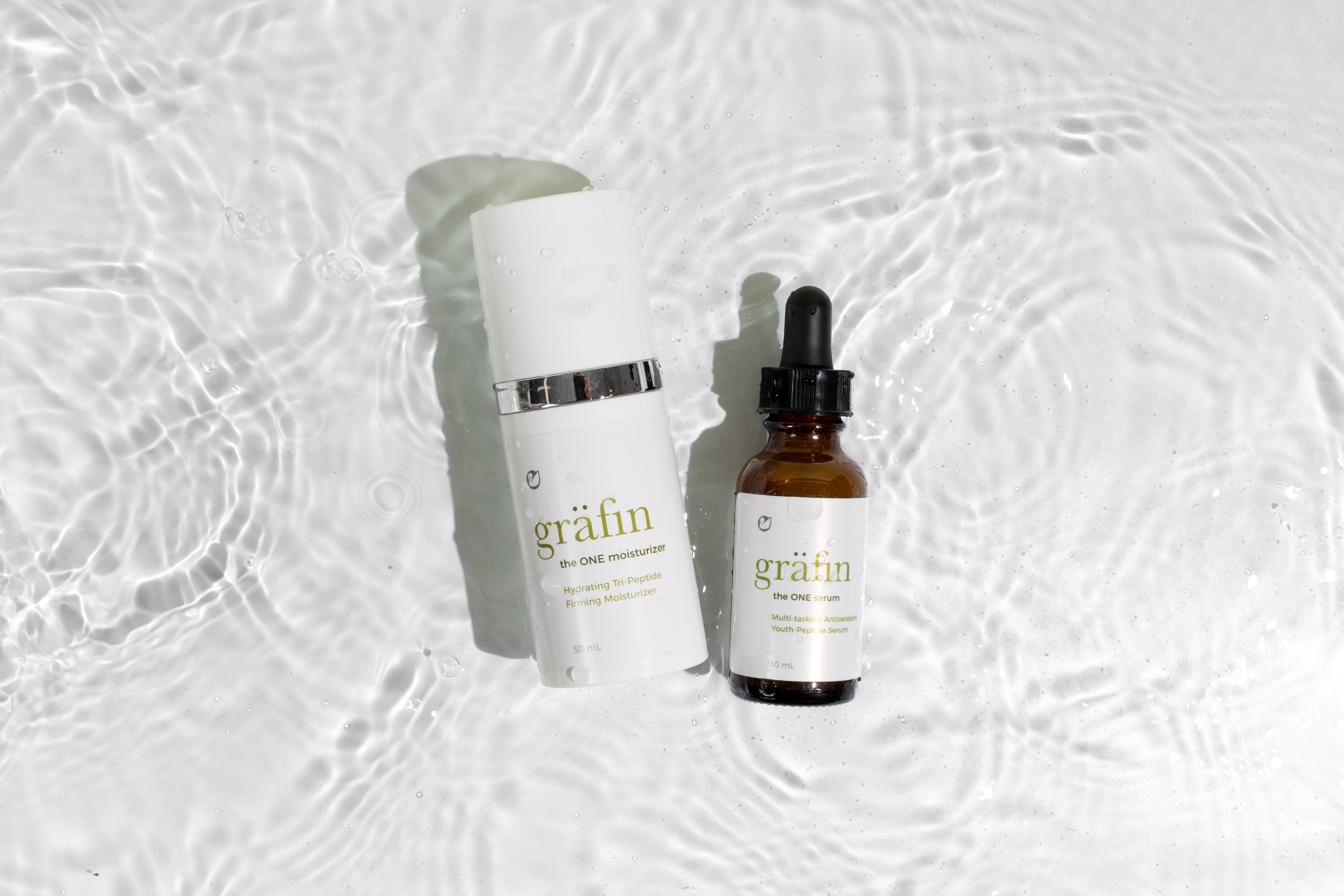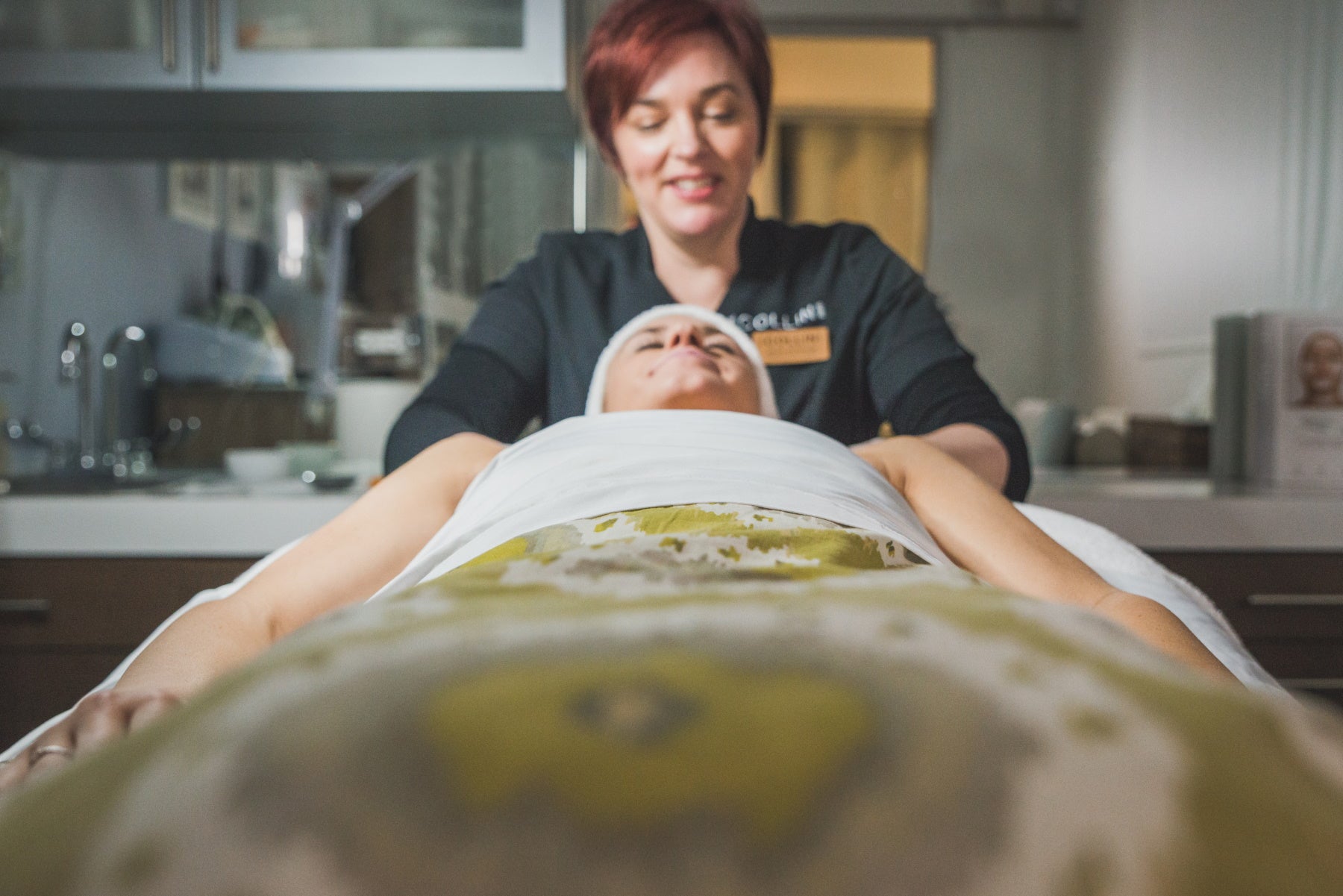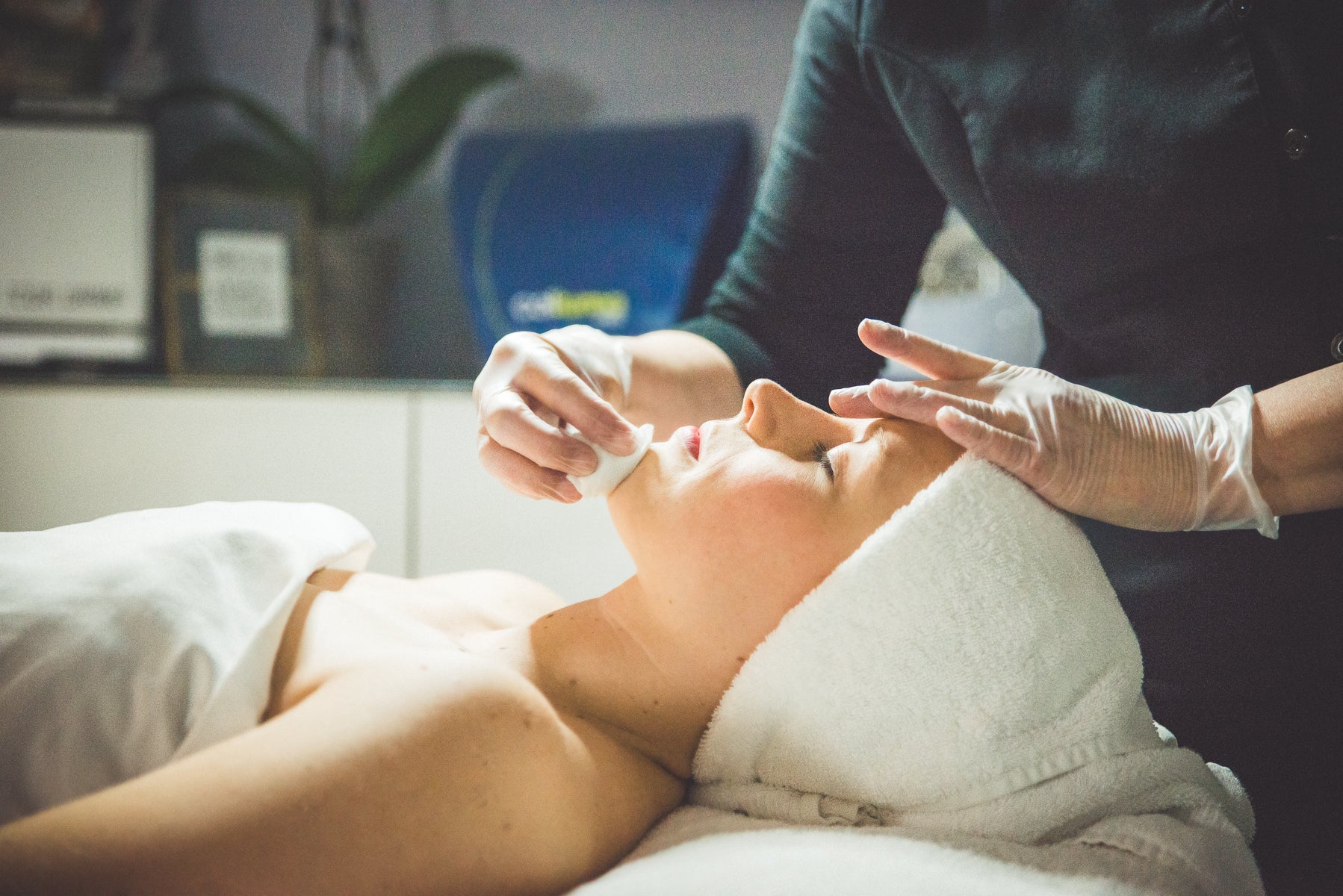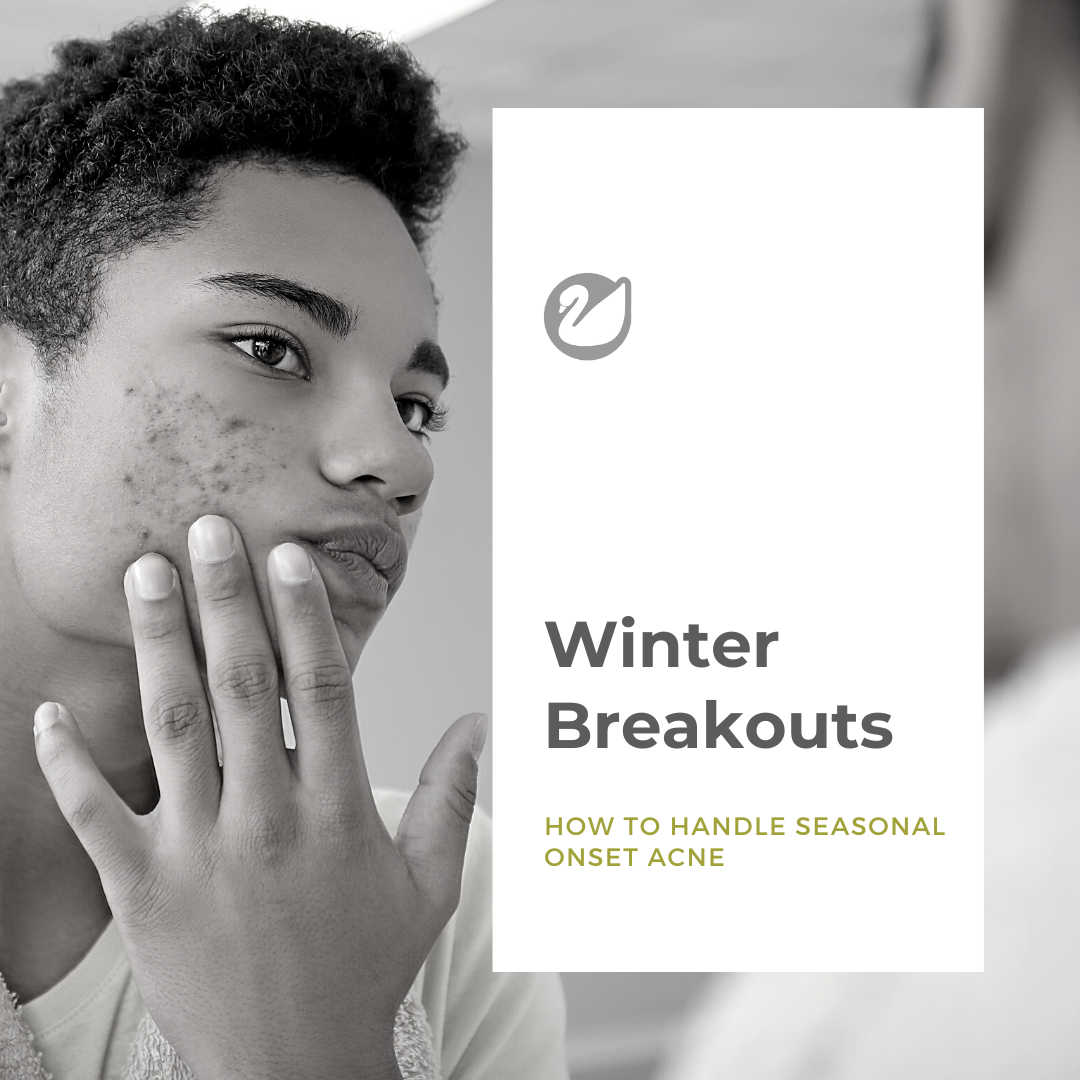Chemical Exfoliants: Are they Safe for My skin?
These days it seems everyone gets a bit freaky when hearing the word 'chemical', especially when it comes to skincare. I promise you in the case of chemical exfoliants for your skin that they are safe, gentle and effective.
There are two types of chemical exfoliants, AHA's and BHA's. AHA stands for Alpha Hydroxy Acid and are referred to as water-loving acids. AHA exfoliants help to accelerate cell renewal while triggering the upper layers to hold moisture and increase surface hydration making them ideal for dry or sensitive skin types. AHAs include Glycolic (sugarcane), Mandelic (Almonds), Phytic (found in all plant seeds, nuts, and grains), Citric (citrus), Malic (apples), Tartaric (wine), and Lactic (milk) acids.
BHAs or Beta Hydroxy Acids are the oil-loving acids, meaning they are capable of slipping down beyond stubborn lipids (oils) allowing them to break down congestion in the pores. BHAs like Salicylic acid are ideal for use on oily congested skin.
What are the Benefits of Chemical Exfoliation?
- Helps unclog pores
- Boosts collagen production
- Lightens unwanted brown spots
- Improves skin tone
- Smooths rough texture
- Reduces the appearance of fine lines
Chemical exfoliants work by dissolving the glue that holds your skin cells together. If you think of your skin like brick and mortar, AHAs and BHAs break down the mortar so that the dead bricks (skin cells) may fall away. Just like houses aren't all the same, not everyone's skin is the same, and that is why it is important to consider which acids are best for each skin type.
Dry Skin: Use Glycolic Acid
Glycolic became very popular when they were first introduced in the 1980s. Derived from sugar cane, glycolic is an amazing multi-tasker that helps fight premature aging from sun damage by boosting collagen production and thickening the skin. Glycolic acids strength is easily controlled by changing its pH making it suitable for a wide range of skin types and conditions.
Acne Prone and Oily Skin: Use Salicylic Acid
Made from Willow Bark, Salicylic is similar in composition to Aspirin (acetylsalicylic acid), but it is not the same thing. Salicylic is a super tiny and fast acting molecule it is very effective at breaking the surface tension of oil at low concentrations allowing it to exfoliate deep inside pores. You will often find this acid acting as a carrier for other larger acid molecules such as mandelic whose size is significantly larger.
Sensitive Skin: Opt for Lactic Acid
Lactic acid is great for sensitive skin because it doesn't cause as much redness or flaking as other AHAs. From fermented milk, Lactic acid is a large molecule, and because it takes time for something so large to penetrate the skin the initial 'shock' reaction associated with AHAs is largely avoided. A common use for lactic is for the treatment of Keratosis Pilaris which is commonly referred to as 'chicken skin' and is found commonly on arms and thighs individuals with dry body skin because it is more moisturizing than other acids.
Hyperpigmentation and Brown Spots: Choose Phytic or Mandelic Acid
Phytic acid is often used as a skin lightening agent or for those with Rosacea; it is one of the gentlest of the acids used on the skin. Found in many fruits and plants this acid works by blocking some of the minerals involved in the formation of melanin.






Leave a comment
This site is protected by hCaptcha and the hCaptcha Privacy Policy and Terms of Service apply.